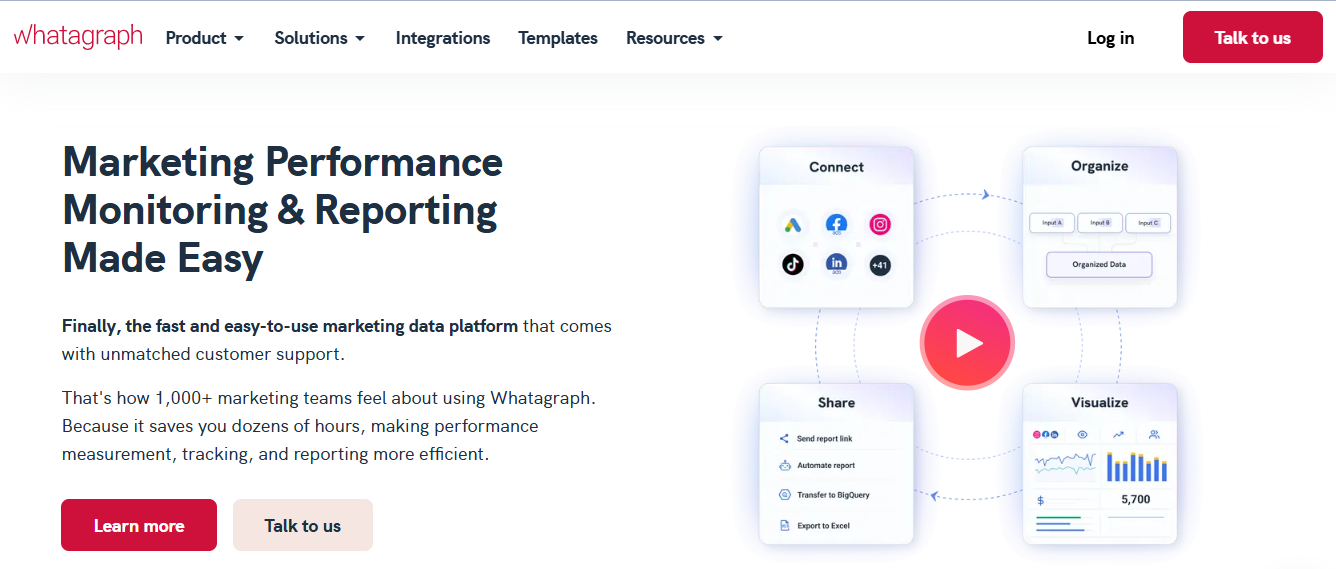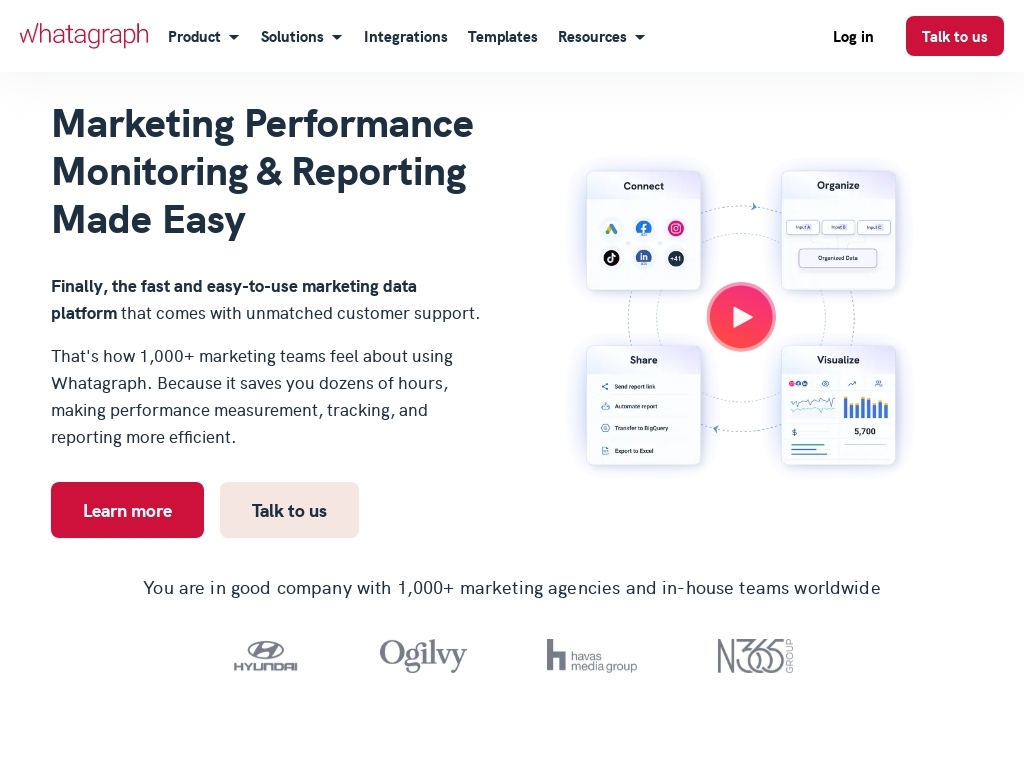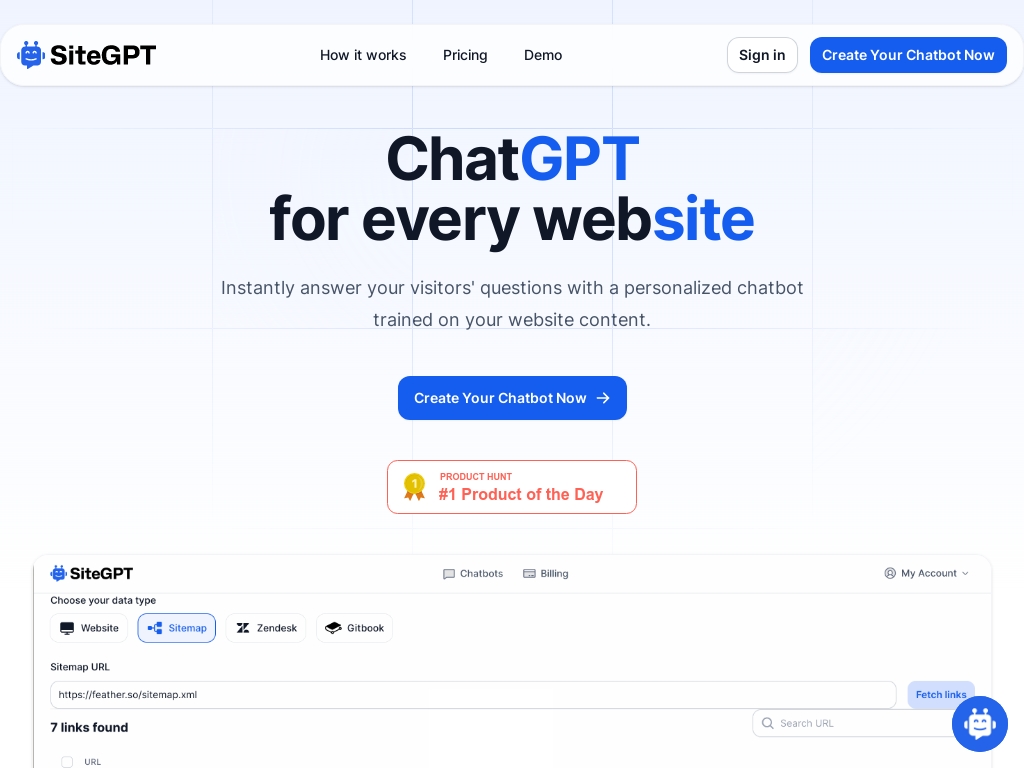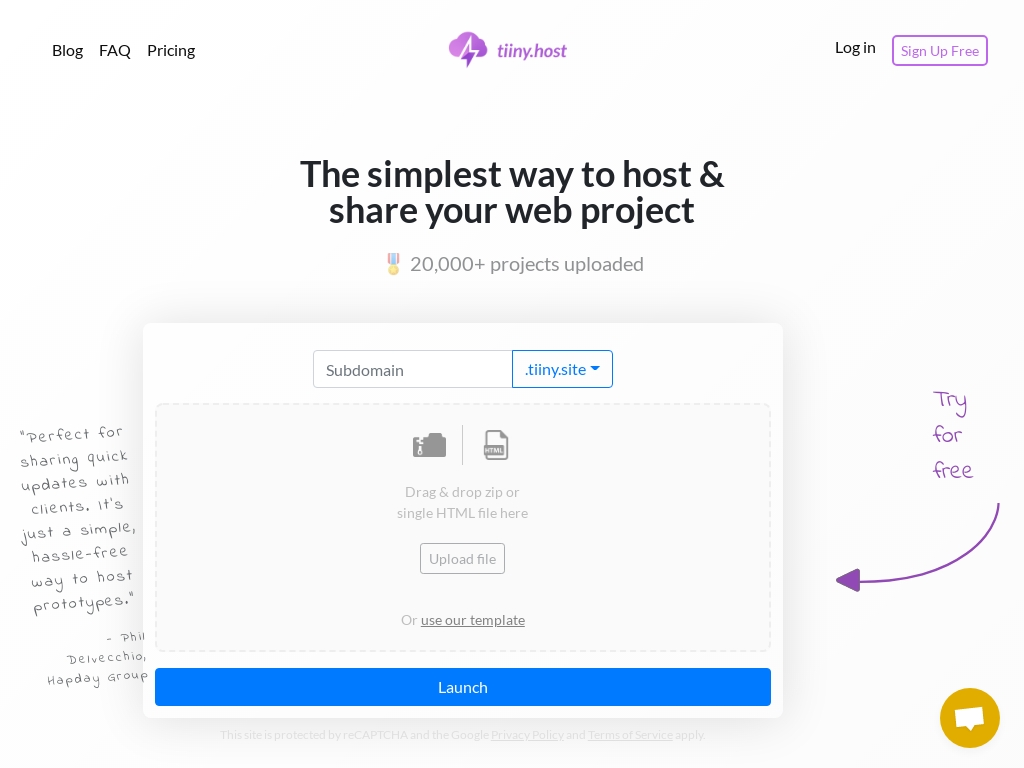
How Three Brothers Grew Whatagraph to 1000 Clients in Three Months
Who is Justas Malinauskas?
Justas Malinauskas, co-founder of Whatagraph, hails from Lithuania and started his career by founding various businesses, including a digital marketing agency, before launching Whatagraph with his brothers focusing on marketing data visualization.
What problem does Whatagraph solve?
Whatagraph solves the headache of dissecting complex marketing data for agencies by transforming it into clear, visual reports, saving time and enhancing decision-making.


How did Justas come up with the idea for Whatagraph?
The idea for Whatagraph was born out of Justas Malinauskas's frustration as a marketing agency owner struggling to analyze and present digital marketing data in a meaningful way. While trying to manage multiple client accounts, he found existing reporting tools inadequate. This led him to think there must be a simpler way to translate overwhelming data into accessible insights.
His initial attempt was a custom-made report that simplified data visuals, which he shared with his brothers, Andrius and Tomas. They recognized the widespread need for such a solution, validating the concept that many marketing professionals struggled with the same challenge. Encouraged by this insight, they set about developing Whatagraph to directly tackle this problem.
Reception from early users provided feedback that drove iterations of the product. Through this, the founders faced challenges like the need for quick yet insightful decision-making. Their primary lesson was that solving their problem was crucial not just for themselves but for many others who were daunted by the complexity of data.
How did Justas Malinauskas build the initial version of Whatagraph?
Whatagraph was initially developed to address the reporting needs Justas Malinauskas faced while running a digital marketing agency. The initial product was crafted manually, transforming Google Analytics data into easy-to-understand infographics. Justas and his brothers, Andrius and Tomas, used their complementary skills to iterate on this idea, focusing on simplifying complex data visualization. Moving beyond simple reporting, Whatagraph evolved into a comprehensive marketing data platform thanks to native integrations and automation capabilities. The team faced challenges common to startups, spending considerable time understanding SaaS models and struggling with the complexities of initial product scaling, but the ability to quickly adapt and refine their offering was crucial to their success.
What were the initial startup costs for Whatagraph?
- Accelerator Program: Whatagraph participated in the Rockstar Accelerator program in the Netherlands around 2015-2016, which often provides access to resources and initial funding opportunities.
- Funding Rounds: The company raised their first venture capital in 2019, and they have raised a total of approximately $10 million by 2021, including a $7 million Series A round in mid-2021.
How did Justas launch Whatagraph and get initial traction?
Accelerator Program
Whatagraph got its start by entering the Rockstart Accelerator program in the Netherlands in 2015. Participating in this program helped the founders gain exposure and build connections, which were crucial in the early stages of their business. The program provided mentorship and support, helping them refine their product and business model.
Why it worked: Accelerator programs are excellent for startups seeking to validate their business ideas and gain valuable feedback from mentors and peers. The immediate exposure and support helped Whatagraph focus on developing a product that suited market needs.
Early Networking and Conferences
The founders actively participated in startup conferences and networking events to spread the word about their business. These events allowed them to meet potential clients and partners and gather initial interest in Whatagraph. The tactic helped them reach 1,000 clients within the first three months, securing notable companies like Swatch and Thomas Cook.
Why it worked: Networking events and conferences are vital for startups to gain visibility and credibility. These interactions lead to immediate feedback and potential customers, accelerating early growth.
Direct Client Outreach
Justas Malinauskas, one of the co-founders, leveraged his connections from running his digital marketing agency to introduce Whatagraph's services. By demonstrating the benefits of Whatagraph's reporting tool to existing agency clients, they were able to effectively convert some of them into their first customers.
Why it worked: Utilizing a pre-existing network efficiently taps into a group already aware of related industry challenges. Direct outreach works well for products solving an existing problem, as it quickly shows potential clients the value.
Metrics:
- Reached 1,000 clients within three months of launch.
- Their clients included large corporations, significantly boosting the company's profile and credibility.
What was the growth strategy for Whatagraph and how did they scale?
SEO
Whatagraph leveraged search engine optimization (SEO) as one of their primary acquisition channels, focusing on targeted keywords related to marketing data analytics and reporting. By creating detailed content around these keywords, they improved their visibility on search engine results pages. This included publishing blog posts and case studies that addressed the specific needs and challenges faced by marketing professionals.
Why it worked: SEO allowed Whatagraph to attract a specific audience looking for solutions in marketing data visualization and analysis. By offering valuable content that answers user queries, they increased organic traffic to their site and positioned themselves as a credible resource in the industry.
SaaS Community Engagement
Whatagraph actively engaged with the SaaS community to boost their business growth. They participated in accelerator programs, like the Rockstar Accelerator in the Netherlands, which helped them gain insights, mentorship, and networking opportunities. This involvement also allowed them to exchange ideas and receive feedback from other SaaS founders and experts.
Why it worked: Community engagement provided Whatagraph with access to valuable knowledge and best practices, fostering a culture of continuous learning and improvement. This approach enabled them to stay on top of market trends and incorporate feedback to refine their product offering.
Customer Support and Success
Whatagraph emphasizes strong customer support and success, focusing on helping customers make the most out of their product. They have a dedicated team for customer support and success that provides personalized assistance to ensure that clients fully utilize Whatagraph's features for their marketing needs.
Why it worked: Exceptional customer support fosters trust and loyalty among customers. By offering tailored support and focusing on customer success, Whatagraph not only enhances user satisfaction but also encourages customer retention and word-of-mouth referrals, contributing significantly to business growth.
What's the pricing strategy for Whatagraph?
Whatagraph employs a subscription-based pricing model with three tiers starting at $199/month, $299/month, and custom pricing for enterprise-level customers, providing advanced marketing data analytics tools.

What were the biggest lessons learned from building Whatagraph?
- Embrace Iteration and Experimentation: Whatagraph learned the importance of continuously testing and revisiting strategies, even those previously unsuccessful. Retesting old channels with new insights allowed them to adapt to market changes and optimize growth strategies.
- Customer-Centric Culture: Whatagraph emphasizes the importance of having a supportive and responsive customer service team. By solving customer problems and focusing on their success, they have built loyalty and encouraged return business, even if the customers initially churned.
- Utilize Mentorship and Community: Engaging with startup communities and seeking mentorship has provided Whatagraph with valuable insights and diverse viewpoints. It has helped them solve problems and gain fresh perspectives, which is crucial for continuous growth.
- Adaptability in Business Transformation: As the business environment and client needs evolved, Whatagraph adapted by expanding its services from a niche analytics tool to a broader data analytics platform. This pivot reflects the importance of being flexible and responsive to market demands.
- Long-Term Commitment and Perseverance: Founders are encouraged to commit to their business ideas for at least two years, knowing that challenges will come. Consistent effort and resilience can lead to significant growth, as experienced by Whatagraph over their years of operation.
Discover Similar Business Ideas Like Whatagraph
|
|
Idea
|
Revenue
|
|---|---|---|
|
PDFShift
|
HTML-to-PDF conversion API service.
|
$8.5K
monthly
|
|
SiteGPT
|
AI chatbot trained on your website content.
|
$15K
monthly
|
|
Hallow
|
"Catholic prayer and meditation app fostering faith growth."
|
$278K
monthly
|
|
tiiny.host
|
Static website hosting made simple for everyone.
|
$15K
monthly
|
|
Studio Wombat
|
WooCommerce plugin developer for enhanced e-commerce features.
|
$15K
monthly
|
|
Treendly
|
Trend-spotting platform for untapped market insights.
|
$1K
monthly
|
|
ScreenshotOne
|
API for capturing website screenshots easily.
|
$2.2K
monthly
|
More about Whatagraph:
Who is the owner of Whatagraph?
Justas Malinauskas is the founder of Whatagraph.
When did Justas Malinauskas start Whatagraph?
2014
What is Justas Malinauskas's net worth?
Justas Malinauskas's business makes an average of $417K/month.
How much money has Justas Malinauskas made from Whatagraph?
Justas Malinauskas started the business in 2014, and currently makes an average of $5M/year.

Download the report and join our email newsletter packed with business ideas and money-making opportunities, backed by real-life case studies.

Download the report and join our email newsletter packed with business ideas and money-making opportunities, backed by real-life case studies.

Download the report and join our email newsletter packed with business ideas and money-making opportunities, backed by real-life case studies.

Download the report and join our email newsletter packed with business ideas and money-making opportunities, backed by real-life case studies.

Download the report and join our email newsletter packed with business ideas and money-making opportunities, backed by real-life case studies.

Download the report and join our email newsletter packed with business ideas and money-making opportunities, backed by real-life case studies.

Download the report and join our email newsletter packed with business ideas and money-making opportunities, backed by real-life case studies.

Download the report and join our email newsletter packed with business ideas and money-making opportunities, backed by real-life case studies.

















